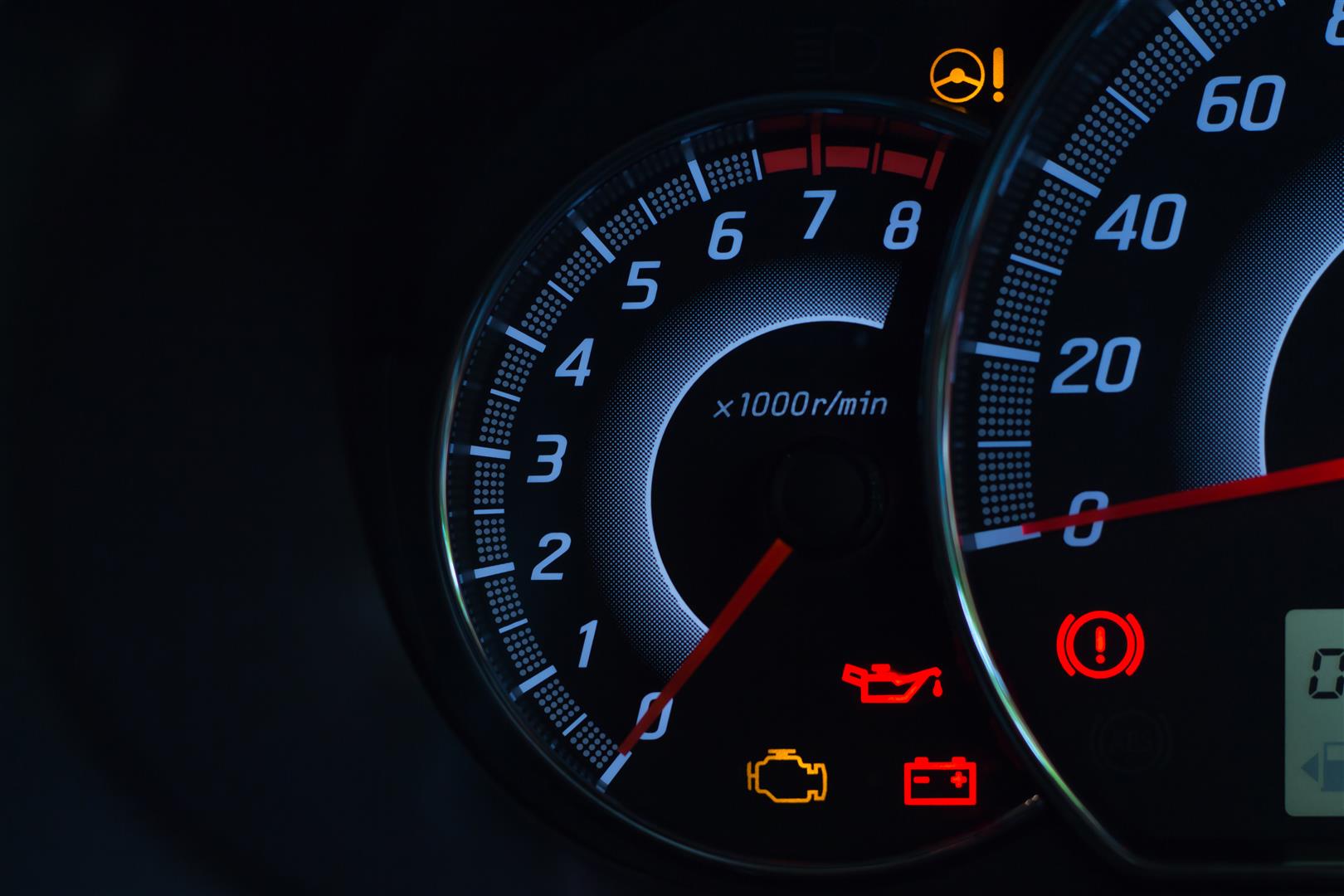What Those Lights on Your Car Dashboard Mean

Often, lights are a good thing. They can brighten a room and we often talk about the light at the end of the tunnel or shining light on a situation.
But lights on your car’s dashboard often aren’t so comforting.
They are helpful, of course, and it’s a good thing that car manufacturers have them there. But they’re definitely not to be ignored. When those lights turn on, it’s often a cry for help from your car, and a sign that something is amiss.
We wanted to mention a few of the common lights that cars – especially newer ones – often have. Keep in mind that if all of your lights turn on, as you start your car, that’s normal. It’s when one of those lights stays on, that it can be problematic. Here are a few rules of the road.
Think of those lights as traffic lights. The analogy almost works. If you see any icon light up on your car dashboard, and the color is red, that usually means something has gone terribly wrong (as in, you may even have to stop your car). If you see an image that’s yellow or orange, that’s like the yellow traffic light: heed caution. You probably don’t need to worry but going to get your car checked out is a prudent plan. Green – or blue – lights often mean that the system is on or functioning fine. Obviously, it’s a never a bad idea to check with your car manual and read up on your lights and what they mean.
A red thermometer is something you don’t want to ignore. No, you don’t ignore any of the lights, but if this comes on, it could mean big trouble. Sure, maybe the coolant is just running low, and it needs more added, and once you get it, your car will be fine. But the light may be signaling that you have a broken radiator or water pump. Often, it means your car is overheating at that moment. Your best bet is to pull over, let your car rest for quite awhile, so that your motor cools down, and you can either add coolant or get your car towed over to Milex Complete Auto Care, to be checked out. Either way, even if you add coolant and everything seems fine, you’d be wise to get your car looked at. You don’t want delay addressing with coolant issues.
If an ABS light comes on, that stands for anti-lock braking system. No need to pull over, if the car is driving all right, and you’re able to slow down without any problems. But the anti-lock braking system is there to stop your car from skidding when you hit the brakes hard, and it’s there to help you out when you’re driving on, say, ice or snow, and you need to brake. So it isn’t something you want to ignore for long. You should get your car checked out.
If the battery light comes on, that may be a problem (or not). If you haven’t driven your car in a long time, it may just mean that your battery charge is low, and it is not a concern. On the other hand, if you know your battery is getting up there in years, it may be a good idea to drop by a Milex and have someone test it. Also, there may be that there’s a battery-related issue that has surfaced. Maybe your alternator isn’t working quite right, or there’s a damaged wire somewhere. Again, this isn’t a light you want to ignore for long, unless your idea of fun is, say, grocery shopping with loading up your car with 20 bags while listening to your kids have a “who can be the loudest” contest, and then you start your vehicle only to realize, it won’t.
If the steering wheel light comes on, chances are, you’ve already figured out something is wrong. Sometimes, there’s an exclamation point next to the light. But you probably don’t need us telling you this one. If your power steering goes out, your car has become very hard to drive. You have to pull the steering wheel harder than normal. If you can drive safely, we’d suggest your next destination is Milex.
As we said, often, lights are a good thing, even the ones on your car’s dashboard, but they’re important to watch for, since often good lights are trying to warn us about something bad.